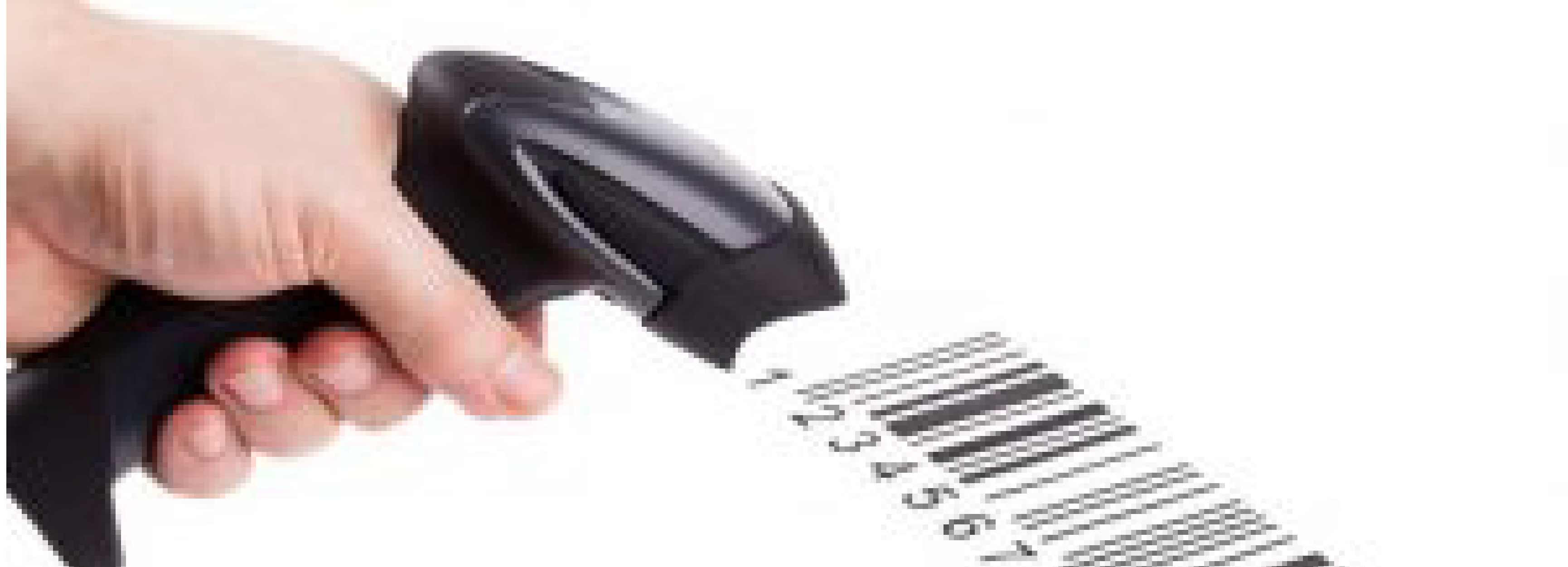Tech Tips from the bMobile Tech Team
Hello out there! Today we thought it would be interesting to talk about barcodes, commonly referred to as UPC codes, and why those are useful to distributors in the field. You’ve likely seen other distributors using scanning devices as they create orders and the receivers in the back dock at your customer locations using their own ‘guns’ to scan in those items that you are delivering. We thought it would be a great idea to discuss why this method is so useful to distributors.

Barcodes are everywhere and on nearly every product that you handle today. Originally designed in the 1930s and patented in the 1940s, they didn’t come into widespread use in retail applications until the 1970s. Fun fact, the first retail scan was of a Wrigley’s Juicy Fruit pack of gum in a supermarket in 1974!
https://en.wikipedia.org/wiki/Universal_Product_Code
The basic idea of barcodes is simple. The printed pattern represents a string of numbers and/or characters and a scanner reads this pattern. It then converts it to that string in order to feed it to an application like Point of Sale registers and our bMobile RouteManager and bMobile Inventory applications. The barcode reader usually has a laser or scanning device that looks at the barcode, measures it, and interprets the length of each line and the spaces between them to do that conversion. As a distributor, barcoding makes sense for companies that have really large lists of items. It allows the lookup of items in order to add them to invoices quickly without having to memorize part numbers. It also allows warehouse workers to use them to complete the picking and receiving of items. Another big use of UPC data is in the EDI and DEX processes. The UPC code becomes a ‘common’ number between two different companies, who may have different internal item numbers for the same physical item. This UPC code acts as a translation between such systems. The most common UPC codes that we see are UPC-A, UPC-E, and EAN-13. While these codes are the basic standards we encounter in the field, there are literally hundreds of other codes in use for all sorts of industries, even postal services! And now there are newer 3-D codes that are even showing up on drivers’ licenses and other forms of personal identification like passports. Each distributor usually decides for themselves where having barcode scanning will make an impact on efficiency. Sometimes UPC data is only needed for the EDI and DEX processes and aren’t used in scanning. It all just depends on the distributor. And because how they use the codes and where they use them is important, having the right device to handle that scanning makes a big difference. If you are working in a warehouse, you might opt for using a rugged device that integrates the scanner with the handheld device. This allows the user to hold the device with one hand while pulling the inventory items with the other. For users such as merchandisers out in the field who may not actually be handling much product while writing new orders, it might make sense to use larger devices (Android-powered tablets for example) in conjunction with a handheld scanner. The ergonomics between the two uses often determines which method you chose. Naturally, cost and durability also plays a part in any decision you might make. Handheld scanners are separate devices that usually connect via Bluetooth to the handheld device (Android powered tablets) and bMobile has a list of both rugged, integrated devices and separate handheld scanners. This list can help you start thinking about what kinds of scanners you would want to use across your enterprise. Among the more popular devices on the market, Socket scanners makes handheld scanners in a variety of configurations that work for most any user. Both Zebra and CipherLab have rugged, integrated units. The links below are to the certified scanners for the bMobile applications.
No matter what kind of product you distribute, you will likely benefit from the efficiency of having UPC codes and scanners. They facilitate quick entry of product and allow for a reduction in mistakes from the manual ‘lookup’ process. If you want to know more about using barcodes in your bMobile solution, just give us a call and we’ll gladly walk through the process with you. You’ll be glad you did!
Recent Blog Posts
Inventory management is an essential aspect of any business that deals with physical products. Efficient inventory management can help a company reduce costs, improve customer satisfaction, and increase profits.
Warehouse management refers to the processes and systems involved in managing a warehouse's operations, including receiving and storing goods,
December is challenging for organizations—not to achieve peak productivity levels but to maintain the least status quo in productivity. The reason is the flurry of activities that are taking place this month.
Warehouse management and inventory management have a significant impact on companies' profits, as well as on their smooth, efficient and proper operation.
The bread and bakery industry has been experiencing steady growth due to the rise in
Companies within the food and beverage distribution industry face stiff competition. These companies strive